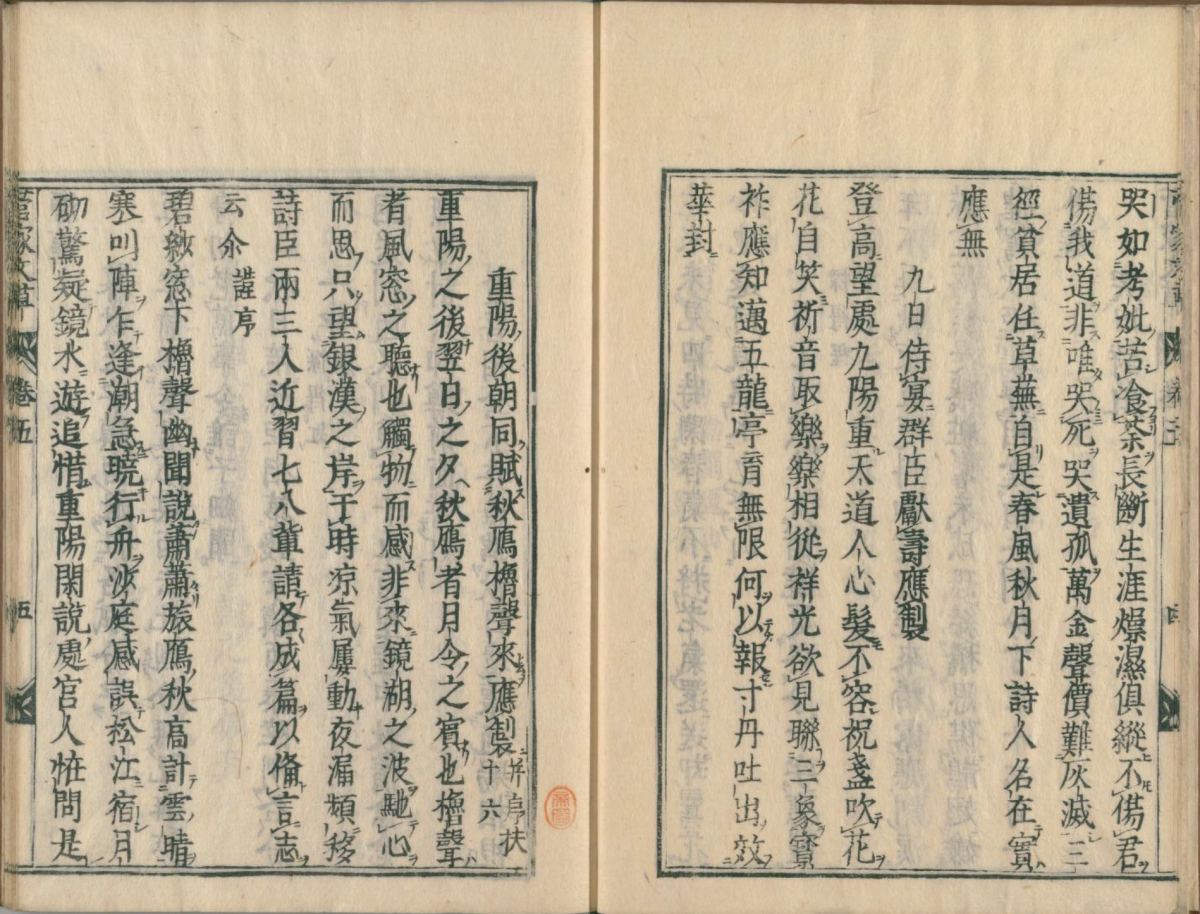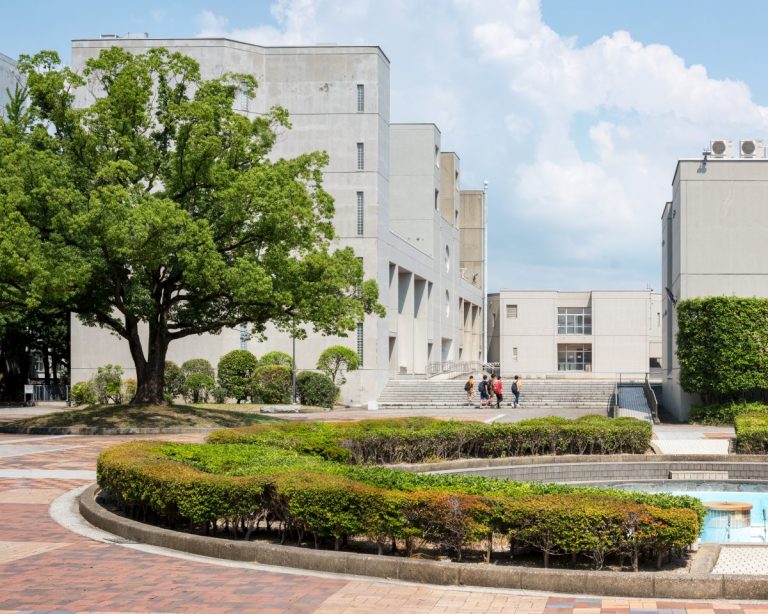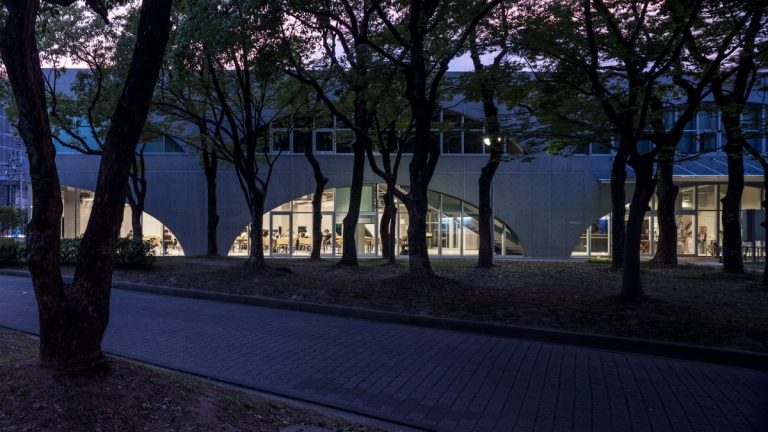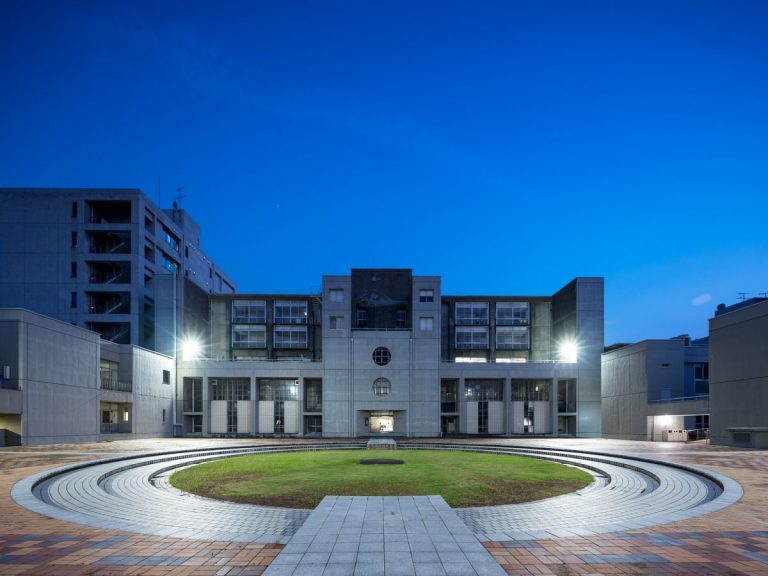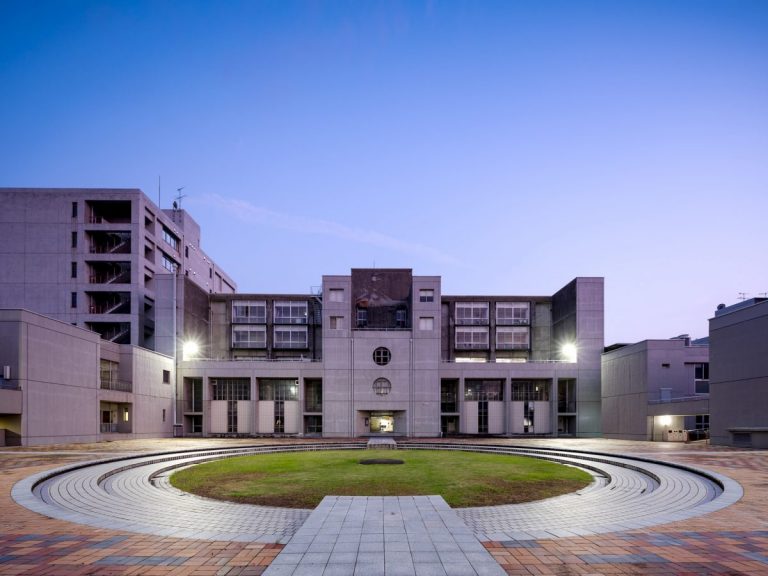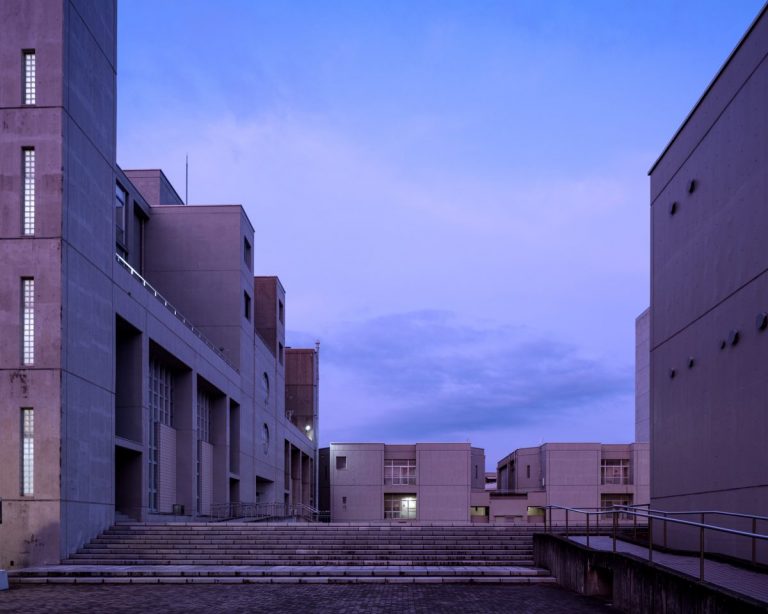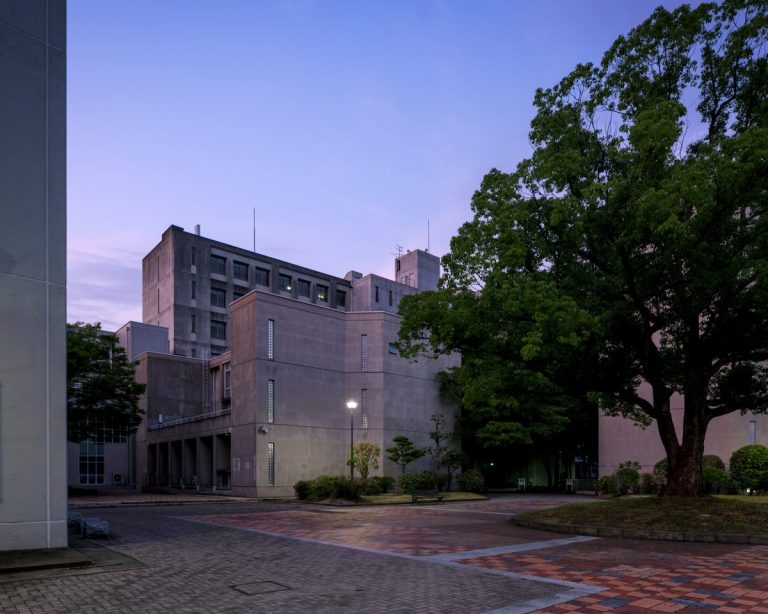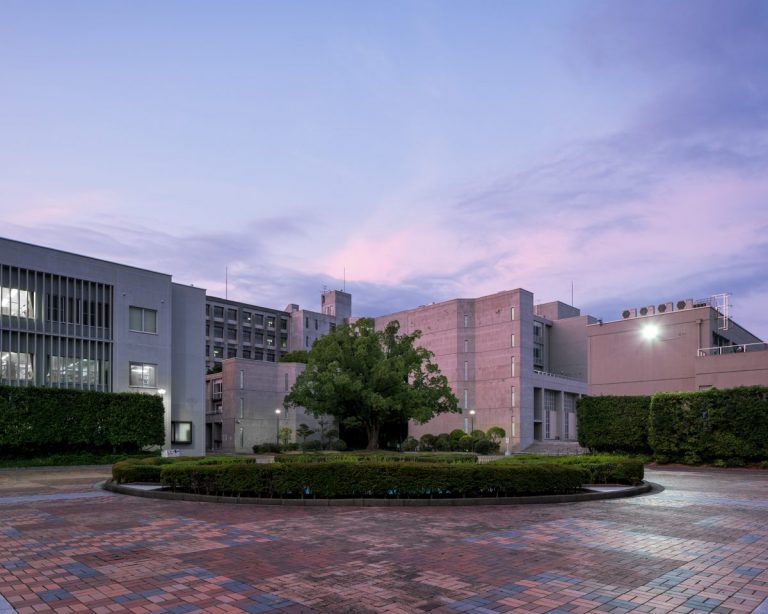The 18th design fundamental seminar: The Aesthetics of Sugawara no Michizane: Literature as Object, Objects as Literature
Thursday, January 28th, 2021
Kyushu University Faculty of Design explores the fundamental methodology of design for integrating a wide range of designs. For the 18th online seminar, titled “The Aesthetics of Sugawara no Michizane: Literature as Object, Objects as Literature”, Niels van der Salm MA of Leiden University, the Netherlands gave us a talk about how literature, usually assumed as an immaterial art, can be considered in proximity with design by viewing it as physical objects. He presented examples from Sugawara no Michizane’s poems. Yoshida Yuko, research fellow of Faculty of Design, summarizes the main arguments of the seminar.
Literary works, because of their characteristics of fluidity of medium and reproducibility, has been considered as an immaterial art since modern period. This tendency has created an aesthetic assumption that one pays attention primarily to the meaning of text rather than influence from its medium in the process of literary interpretation. However, what if we focus on the presence of medium of literature, so that we will be able to see the transformation from narrative to physical objects, suggesting the way in which literature is formed by design? Mr. Niels van der Salm showed us how we can interpret poetry in Sino-Japanese in pre-modern times alternatively as physical objects.
Sugawara no Michizane (845-903), known as Heian courtier, poet, and scholar, wrote his original collection, Kanke Bunso, at the behest of the crown Prince Atsugimi/Atsuhito (the later Emperor Daigo) in 900. It consists of 6 scrolls of Sino-Japanese poems (468 poems) and another 6 scrolls of Sino-Japanese prose (161 works). The crown Prince was 15 years old when Michizane compiled his work at the age of 55 years old in a sense as an example of the composition of poetry. Although the original documents no longer exist, we can observe the later copies of the scroll version of Domyoji temple, the Edo period 1701 version, and Iwanami shoten’s 1966 critical text. When we view Kanke Bunso from the standpoint of design, we can gain a hint of exploring what makes authenticity and originality of the author.
Mr. van der Salm presents us critical analysis of existing methodology of literary criticism. The very assumption that we tend to associate the work and a poet so that the connection is taken for granted when interpreting the work is in fact a naturalized sense of literary criticism established ever since modern period. The ways literary critics try to figure out the poet’s authentic and original motives and /or the trajectory of personal emotion embedded with the work maybe our sensibility that was only established in modern period. On the contrary, in pre-modern period, we can point out that critics including readers maybe did not have such conception that they expect to pursue the author’s motives inside the works. A clue to this possible interpretation is shown to us by observing Kanke Bunso as physical objects with the components of the rhetorical effects of the composition, the form of compilation, the form of the scroll, and the way readers experience reading the scrolls.
For instance, the poem that has been frequently analyzed by critics is the one which expressed Michizane’s stream of personal emotion and his originality is the one titled “Dreaming on Amaro”, which consists of fourteen lines and is dedicated to his late child, Amaro. The meaning of the poem critics state, is a proof that Michizane’s personal emotion is well expressed, that is, a proof that shows the author’s originality. Consequently, contemporary sense of aesthetics elicits Michizane’s personality from the content of the poem that describes the death of his own son, and within that poem’s world presents us with Michizane’s authenticity and originality. However, once we analyze the way Kanke Bunso was compiled, the readers start to notice another meaning embedded in the way in which each poem is placed in the scrolls. The work, “Dreaming of Amaro”, is actually not placed in the first poem of the scroll. This means we can additionally interpret that this particular poem, usually considered as an important work which expresses the author’s authenticity and originality by contemporary critics, was perhaps not so significant work in the context of pre-modern period, judging from the way the scrolls were composed.
In fact, the initial work Michizane chose for this scroll version is the osei poem. It was written on a topic set by the emperor himself made in response to his command at the Imperial Palace during the banquet on September 9th of the lunar calendar. The osei poem, as response to the emperor’s command, was either chanted or written down on a piece of paper, followed the rhetorical form of four lines, which was accepted as the authentic in the political context. Following the rhetorical compositional rules may give us impression that an author does not have the potential of creating his originality through the works. Yet, we should not overlook that this Sino-Japanese poetry can function to design physical objects by utilizing the determined form. When we view Kanke Bunso as objects, literary works can be designed, rather than being woven.
The design of this Sino-Japanese poetry that was exclusively compiled for the emperor present us new significance of the design of rhetoric that stems from socio-political needs at pre-modern era. All those examples of design of physical object–the rhetorical form, the compilation technique, the scrolling experience, the chanting Chinese sound–bring us a glimpse of originality of designing literature.
Date
January 28th, 2021: Opens at 16:00 p.m, performance starts at 16:30 p.m. in Japan Time.
Venue
Online
Contact
Professor Toru Koga, Design Fundamental Studies Seminar Office, Kyushu University, Faculty of Design
designfundamentalseminar@gmail.com
-
 the 18th seminar poster
閉じる
the 18th seminar poster
閉じる
the 18th seminar poster
![九州大学イノベーションデザインネクスト[KID NEXT]](https://www.kidnext.design.kyushu-u.ac.jp/wp-content/themes/kidnext/img/logo_header.png)
